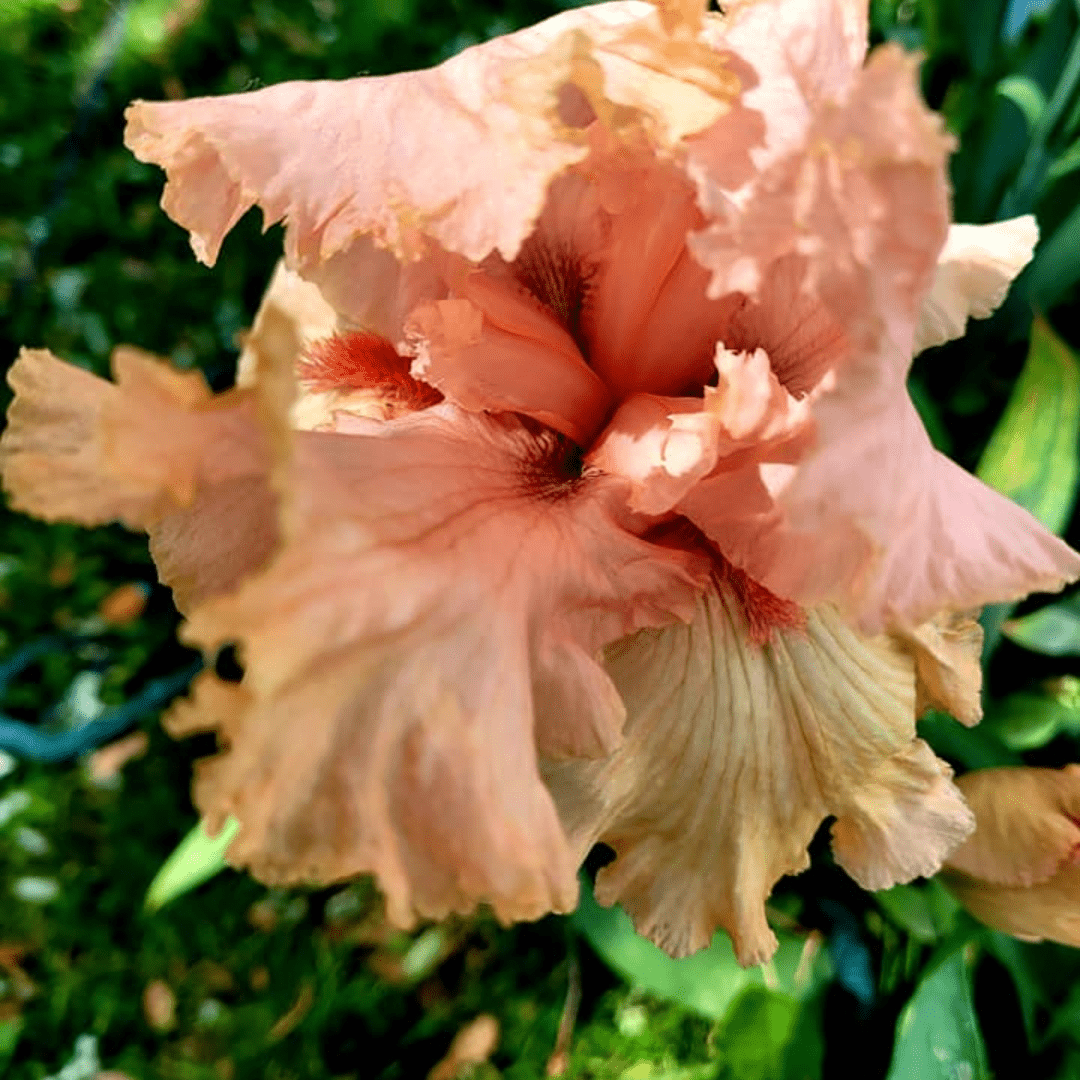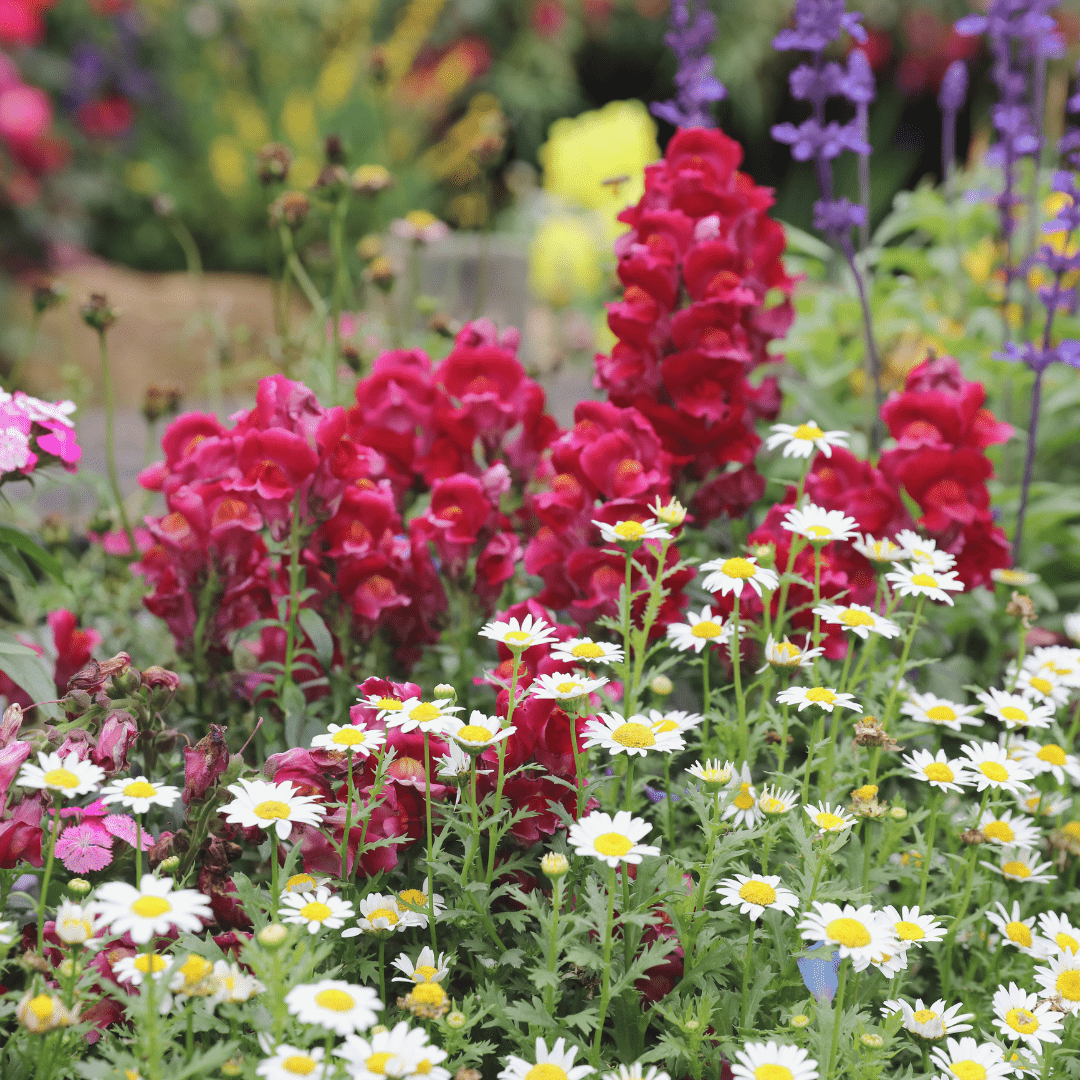Grow and care for tulips.
What Is Included in This Post:
The Season When Tulips Bloom
Preparing the Soil
Planting Tulips
How to Separate Tulip Bulbs
Why, How, and When to Cut Back Tulip Plants
The Best Climate for Tulips
Pests and Diseases of Tulip Plants
Learn how to grow and care for tulips, which are the first blooms to pop through the frosty ground in early spring and multiply each year! The best thing about tulips is that they can continue to grow with their regenerative power in a vase of water after being cut! Plus, they always arrive just in time for Easter!
In this post, we explore how to grow and care for these early bloomers called Tulips.
Let’s learn more about tulips!
This is a pinnable post. Tap or hover over any image in this post to pin to your Pinterest Boards.

The Season When Tulips Bloom
Tulips bloom very early in the spring just in time for Easter. Tulips require full sunlight to bloom and space to grow since they multiply quickly. I am always waiting in eager excitement for the first tulips to pop out of the frosty ground in early spring. Seeing these flowers after a long dreaded winter is reassuring that spring has arrived!
- Tulips bloom very early in the spring just in time for Easter!
- Tulips need six to eight hours of sunlight.
Preparing the Soil
Tulips require well-draining soil and seasoned compost. Tulip bulbs need soil that is not compacted or filled with clay. Heavy clay soil can cause the bulbs to rot. The soil needs to be soft, light, and fluffy to help nurture the bulbs in the ground.
They love sandy soil. I have instructions for a simple Mason jar soil test that you can perform before planting to help you see what soil type you are working with. Testing your soil is a great place to start to determine the types of soil amendments you will need to add.
Again, tulip soil requires it to be well-draining to prevent the bulbs from rotting. To help you determine the quality of your soil, you can perform a simple soil drainage test. You can read how easy it is to test your soil in my post 4 Easy DIY Garden Soil Tests to Do Now to help you better understand your soil and grab the soil draining test instructions.
Planting Tulips
Selecting the site: Tulips require full sun with six to eight hours of sunlight to bloom. They are great along border paths!
Preparing the soil: Apply seasoned compost and ensure the soil is well-draining.

How to Separate Tulip Bulbs
Tulips are migrators. They spread quickly and can become overcrowded within a couple of years. Every couple of years, you will need to dig out some bulbs to separate them. When you push your shovel into the soil at the base of a tulip plant, you will find a group of tulip bulbs that are piled too closely together. Remove the bulbs and plant them in other areas of your garden or give them to friends or family or sell them. Keep them in a plastic bag in a cool dry area until they are ready to be planted.
If they are not separated, the foliage will grow big and beautiful, however, you will not see many tulip blooms. This will be a sure sign that they need to be separated.
Separate the bulbs when the plants (foliage) have died back for the season, which is a normal life cycle of the plant. Each tulip plant will have about three to five small baby bulbs near the base of the roots so look at the roots of each plant.
- Wait until the plants (foliage)die back to dig up and separate the bulbs (midsummer to midfall).
- Wait until midmorning just after the morning dew and before the scorching sun arrives.
- Each tulip plant will have about three to five small baby bulbs near the base of the roots so look at the roots of each plant.
Why, How, and When to Cut Back Tulip Plants

It is important to cut the spent blooms and stems in late spring when the tulip season is ending. Do not allow the stems to remain and produce seeds as it robs the energy of the plant to form the tulip bulbs in the ground. Tulips will go into dormancy around this time and no more energy will be spent to properly form the bulbs if allowed to go to seed. This will result in poor to no blooms the following spring.
What You Can Do to Grow and Care for Tulips
Tulips will only bloom once so cut all dead flower stems to the base of the plant. Dead flower stems are brown with spent flowers attached to them and dead flower stems are no good, so get rid of all of them.
Ensure that you clean up all cut flower stems and spent blooms from the ground to prevent the diseased stems from contaminating the plant. You took the time to remove the dead stems, therefore take the time to remove them from the area completely, and do not allow them to stay on the ground to rot.
- Cut and remove all dead flower stems to the base of the plant.
- Remove all cut flower stems and spent blooms from the area to prevent the spread of disease (keep the soil healthy).

The Best Climate for Tulips
Tulips need to have a stratification period where they enter dormancy during the cold winter months and sprout up in early spring when temperatures are 30 to 55 degrees. They will most likely struggle to form healthy roots and bulbs in warmer climates. Their prized early blooms will need a space with full sun exposure.
Tulips will also do better in dry climates without too much humidity, which can cause bulbs to rot. I live in Northern Utah where we have long cold winters and dry summers, which my tulips love and thrive to produce the most gorgeous blooms as you can clearly see in my images throughout this post. I was dedicated to providing as many beautiful blooms of my tulips to help you get inspired to see how fun and rewarding growing tulips can be! They sure make early spring and Easter fun!
Pests and Diseases of Tulip Plants
Tulip gardens can be affected by pests and diseases. While these types of pests and diseases can be devastating to your tulip garden, you can take proactive measures to protect your tulip plants. You can take organic natural approaches to combat common pests and diseases in your tulip garden. You can grow and care for tulips successfully.
List of Tulip Garden Pests
- Aphids.
- Bulb flies.
- Bulb mites.
- Caterpillars.
- Spider mites.
- Snails and slugs.
- Squirrels.
- Thrips.
List of Tulip Garden Diseases
- Arabis mosaic virus.
- Cucumber mosaic virus.
- Lily symptomless virus.
- Tobacco necrosis virus.
- Tobacco rattle virus.
- Tulip breaking virus.
Summary
I hope I have inspired you to grow and care for your own tulips.
If you were encouraged by this post, I invite you to check out my FREE Self-Sufficiency Academy for fun free printables, planners, and charts.
ENTER MY FREE SELF-SUFFICIENCY ACADEMY HERE
I invite you to check out some more of my posts!
How to Grow and Care for Roses
How to Grow and Care for Hollyhocks
Blessings,
The Off Grid Barefoot Girl





